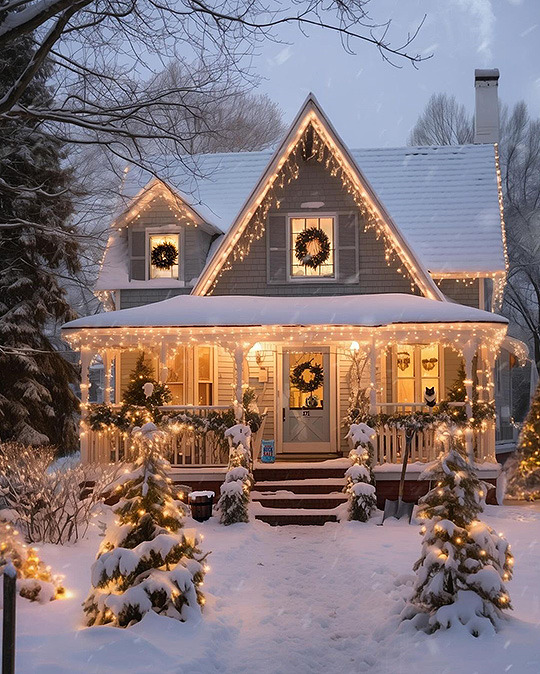#Christmas in New England
Explore tagged Tumblr posts
Text

To my Tumblr friends:
May Peace be with you, today and always.
DW
New England, USA.
29 notes
·
View notes
Text


Nubble & Sandy Neck Lighthouses
bettywileyphoto
683 notes
·
View notes
Text




Covent Garden Hotel by sparrowinlondon.
#Covent Garden Hotel#london#london aesthetic#london architecture#london art#england#english art#english architecture#alternative#aesthetic#dark academia#dark academic aesthetic#dark aesthetic#aestheitcs#dark#art#light acadamia aesthetic#light academia#uk#united kingdom#christmas tree#christmas#new year
916 notes
·
View notes
Text

Sandwich -Massachusetts🎄
Every year they put a small lighted tree out in the pond in the center of Sandwich town. The recent cold weather froze the pond creating a beautiful reflection.
Credit:@davidlong3653
115 notes
·
View notes
Text

#snow#snowflakes#christmas tree#photography#december#holidays#beautiful#for you#new england#christmas lights
99 notes
·
View notes
Text

by kjp
#rhode island#new england#photography#Christmas#Xmas#Christmas Blog#Christmas Aesthetic#Merry Christmas#Holidays#Holiday Season#Festive#December#Christmas Decorations#Winter#Wintercozy#Winter Wonderland#Winter Aesthetic#Wintercore
584 notes
·
View notes
Text

* nyo england
#merry christmas#nyo england#nyo uk#anime fanart#artwork#anime redraw#digital artist#artists on tumblr#hetalia fanart#nyotalia#hetalia#hetalia art#small artist#this is a new tag for artists#anime art#my art#digital art#art#sorry for not posting for a while i had to celebrate christmas twice#fanart#drawing#hws hetalia#hetalia axis powers#aph hetalia#axis powers ヘタリア#cropped drawing bc i’m too lazy to find my full piece#new tumblr#pls dont flop
78 notes
·
View notes
Text




Winter Animal Cards! New to my Etsy shop. - Set of 12 holiday/greeting cards - 5 X 7 inches (12.7 X 17.8 centimeters) - Blank inside - Comes with lovely red envelopes - 4 seamless pattern designs, 3 of each card - Chickadees in winterberry holly - Winter white stoats on stumps - Harbor seals and herring gulls loafing on snowy rocks - An endless flock of snow buntings over the autumn red of the blueberry barrens
ETSY SHOP
#christmas cards#blank inside#set#set of greeting cards#greeting cards#greeting card#card#xmas cards#x-mas cards#holiday card#animals#winter#winter animals#maine#maine themed#maine animals#new england#maine artist#maine etsy#maine etsy shop#maine illustrator#maine maker#cards#holiday card set#christmas card set#chickadee#black-capped chickadee#stoat#ermine#white
41 notes
·
View notes
Text
Some Spotify Playlists for you to Enjoy
"I lived in New England for 6 months: this is the product of that"

"Studio Ghibli for my Declining Mental Health"

"Sheriff of a Small Town that Just had a Murder"

"Can't be a Breakup Playlist if I've Never Been Broken Up With"

"You'll Find Someone...It Just Ain't Me"

"I'm the Strong Independent Sci-Fi Female"

"I Went to Harvard in the 90's"

"I Like to Pretend I'm the Main Character But My Name is Emma"

"Play This When You're About to Have a Heart to Heart With Your Depressed Friends"

"Music to Dissociate to"

"DM Music to Set the Vibe"

"Songs That Scratch a Very Specific Part of My Brain"

"Christmas is More Fun After you Stop Being Catholic"

#music#spotify#playlist#dungeon master#christmas#edm#fantasy#scifi#new england#studio ghibli#country#rock#pop#pop music#alternative
296 notes
·
View notes
Text

Colored lights this year for our tabletop trees
26 notes
·
View notes
Text






Kiel James Patrick
#winter#holly jolly#winter scenes#snow#making spirits bright#cute animals#doggies!#new england#christmas tree#curators on tumblr
517 notes
·
View notes
Text








25th December 2024: Collared Dove in the garden this morning and view, one of a few pretty Shovelers seen, Grey Heron a key bird of the day, the stunning Long-tailed Duck on fishtail lagoon a splendid and charming bird to see and teasel seed heads and gorse on a magical and tranquil Christmas Day walk at Pennington this afternoon.
Other highlights at Pennington were amazing views of Marsh Harriers, Goldcrest, Long-tailed Tit possibly the first time we've ever seen them and a Long-tailed Duck on the same day, Pintails, Grey Plover, Snipe, ragwort and gorse.
#ragwort#gorse#long-tailed duck#snipe#grey heron#goldcrest#birdwatching#walking#walk#outdoors#pennington#new forest#photography#world#nature#home#birds#wildlife#flowers#europe#hampshire#christmas day#england#uk#earth#happy#peaceful
27 notes
·
View notes
Text





Christmas at the Mansion
Breakers Mansion at Newport, Rhode Island-US
Credit: @davidlong3653
30 notes
·
View notes





